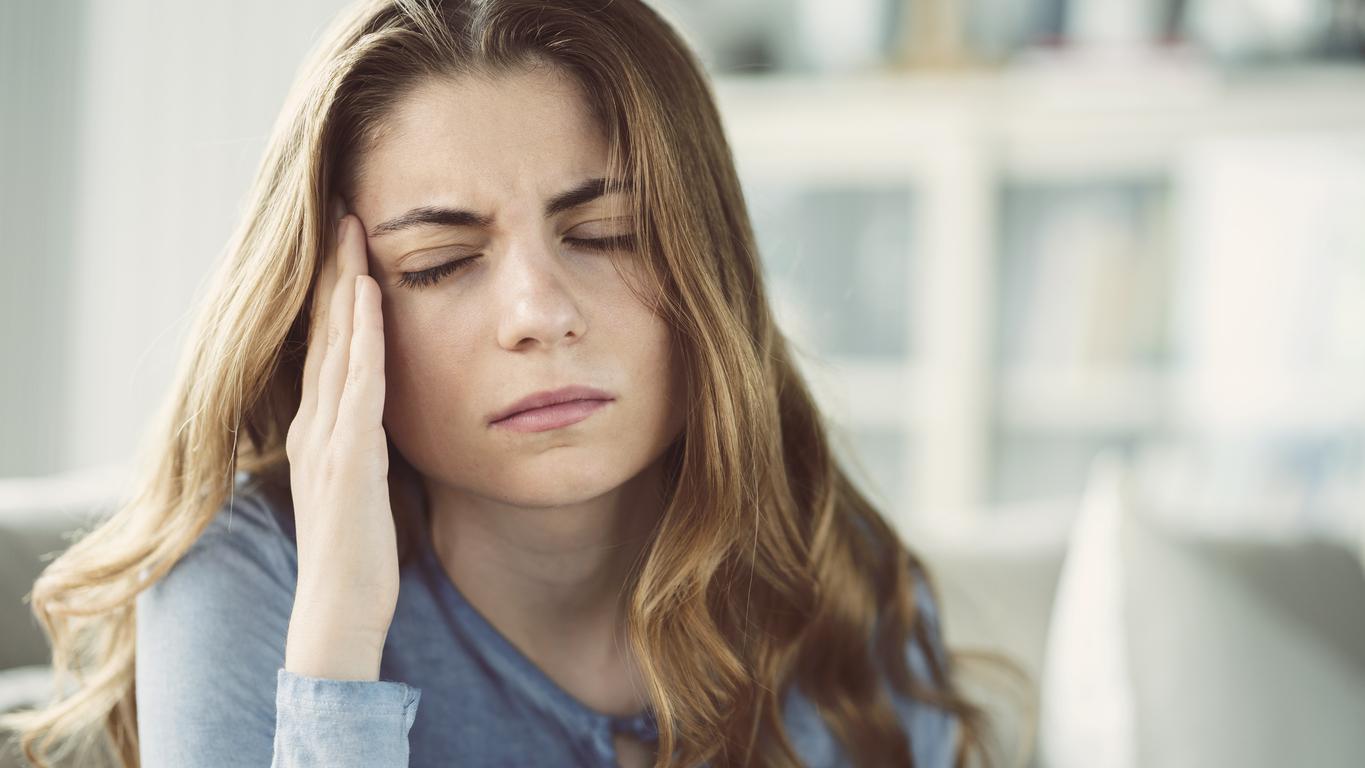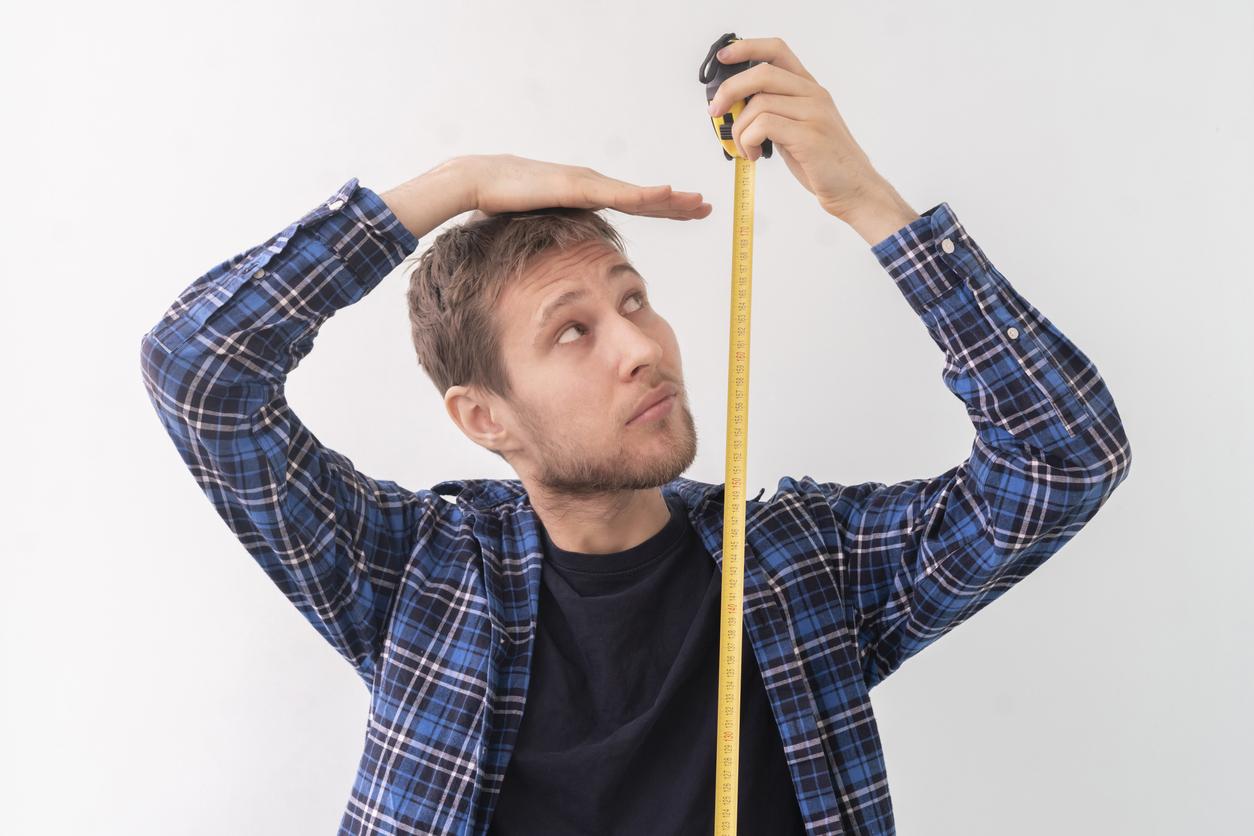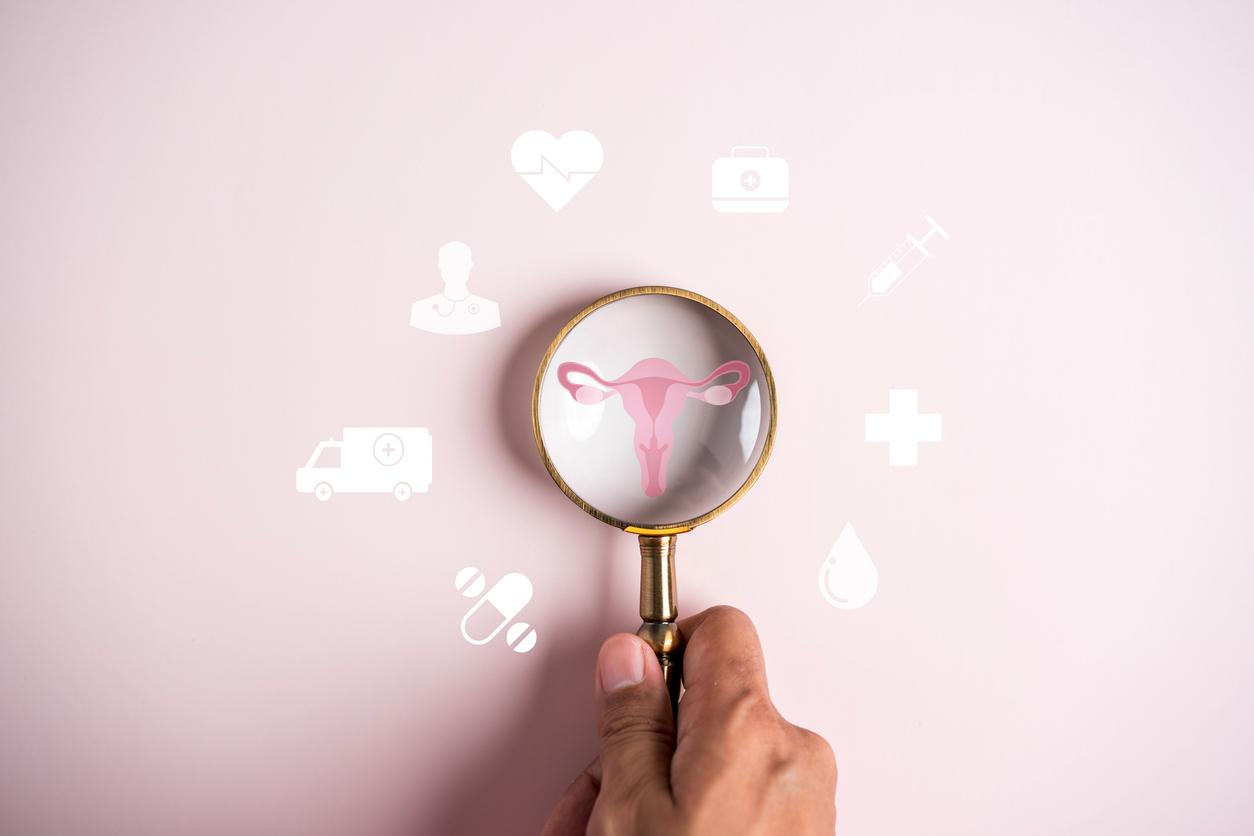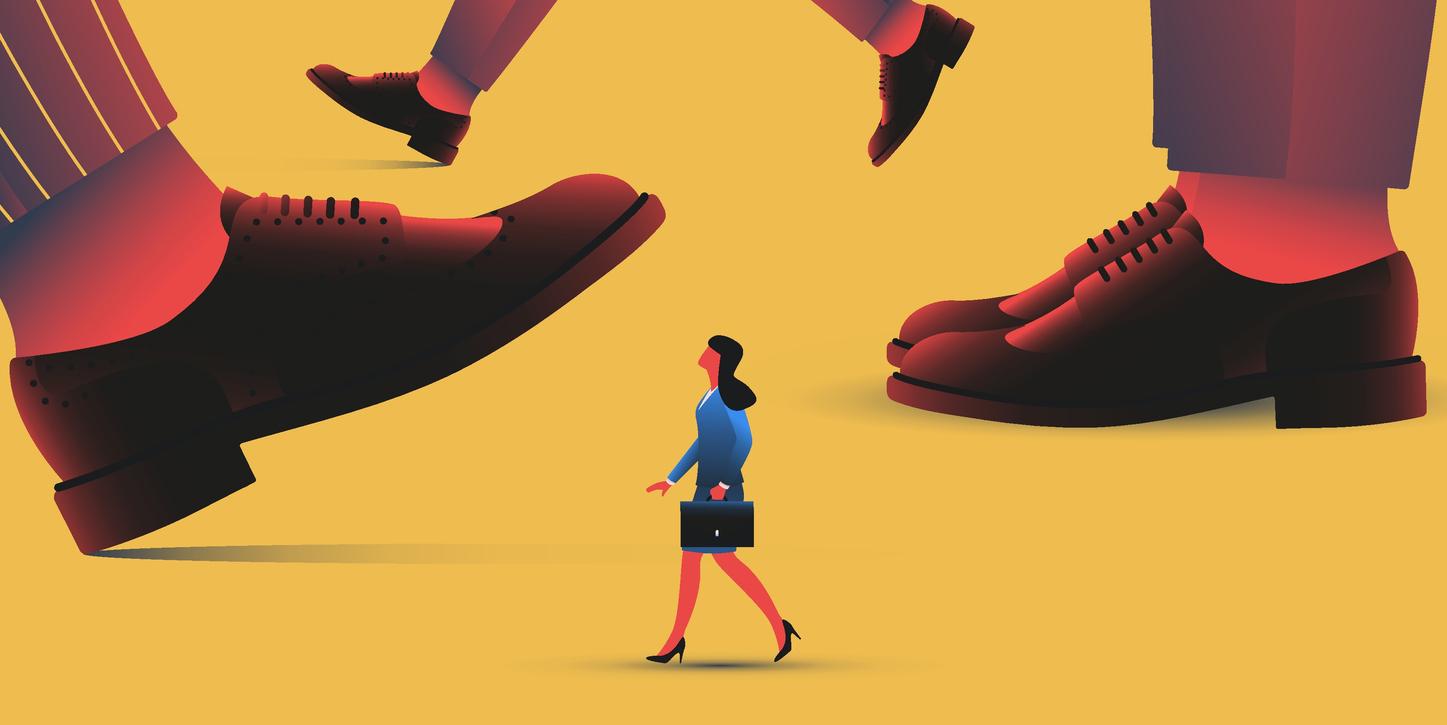Horton’s headache is an affection that causes severe and recurring headaches, it would touch women more than men on a daily basis.

- Horton headache, also called vascular algia of the face, causes significant headaches, often accompanied by other symptoms.
- The crises last between 15 minutes and 3 hours, they generally occur over a period of 1 to 3 months, then disappear for several months or even years.
- Women are under diagnosed while their symptoms are more important than those of men.
A Horton headache, a pathology also called vascular algia of the face, lasts between fifteen minutes and three hours. This rare disease is characterized by important headache, on one side, often accompanied by a blocked or flowing nose, and sometimes a sagging of the eyelid, a tearing and redness of the redness of face. According to the MSD manual“The headache generally occur over a period of 1 to 3 months, followed by a period of several months or years without headache”.
Horton headache is poorly diagnosed in women
Horton headache is often described as a more widespread condition in men. However, according to two studies published in the journal Neurologywomen affected by this pathology would be more likely than men to be embarrassed in their daily lives. The periods of pain would be longer and more regular. Women would also take more drugs and are more often absent from their work for this reason.
“” “Often, the vascular algia of the face is still poorly diagnosed in women, perhaps because certain aspects can be similar to migraine, noted Andrea Carmine Belin, author of this work. Doctors must be aware of how disorder is manifested differently in men and women so that the most effective treatment can be administered as quickly as possible.”Indeed, doctors would make three to five times more diagnoses of this pathology in men than in women.
To determine the difference between the two sexes, the researchers studied the data of 874 participants with Horton headache. They answered a questionnaire on their lifestyle, their symptoms and their treatments. Thus, the results have defined that twice as many women suffered from the chronic variant of this disease, which means that they had no symptoms less than three months in the year. “”Men and women report the same level of pain, but as periods of pain of women tend to last longer, their daily life is also more impacted“, Specifies Andrea Carmine Belin.
“”What is striking is that almost all women suffering from vascular algia of the face have comorbidity, which reinforces the idea that these women are seriously sufferingadds Christina Sjöstrand, one of the authors of the study. We assume that this affects their ability to work and it is important for the good of the individual and the society that they are helped in the form of treatment (…), monitoring and support.“”

More symptoms of Horton headache in women
Researchers also found that women had more symptoms than men: drooping eyelids (61 % against 47 %), agitation (54 % against 46 %), sleep disorders, night crises. In addition, 15 % of women, against only 7 % of men, have a parent who suffers from Horton’s headache.
“”It is difficult to say what is at the origin of these differences, but what we see is that women (…) tend to present a more serious variant of the disease and it is time to stop thinking about the vascular algia of the face as being predominantly male predominance”, Develops Caroline Ranresearch specialist in the Karolinska Institutet department of neuroscience.
Another difference between the two sexes: many women suffering from Horton headache also had at least another disease. Thus, 96 % of women among 3,240 patients with vascular algia in the Swedish in 2010, had at least another pathology, compared to 90 % of men. In addition, women have taken more days off and are more often early retirement.
“”What is striking is that almost all women suffering from vascular algia of the face have comorbidity, which reinforces the idea that these women are seriously sufferingspecifies Christina Sjöstrand, one of the authors of the study. We assume that this affects their ability to work and it is important for the good of the individual and the society that they are helped in the form of treatment (…), monitoring and support.“”

















